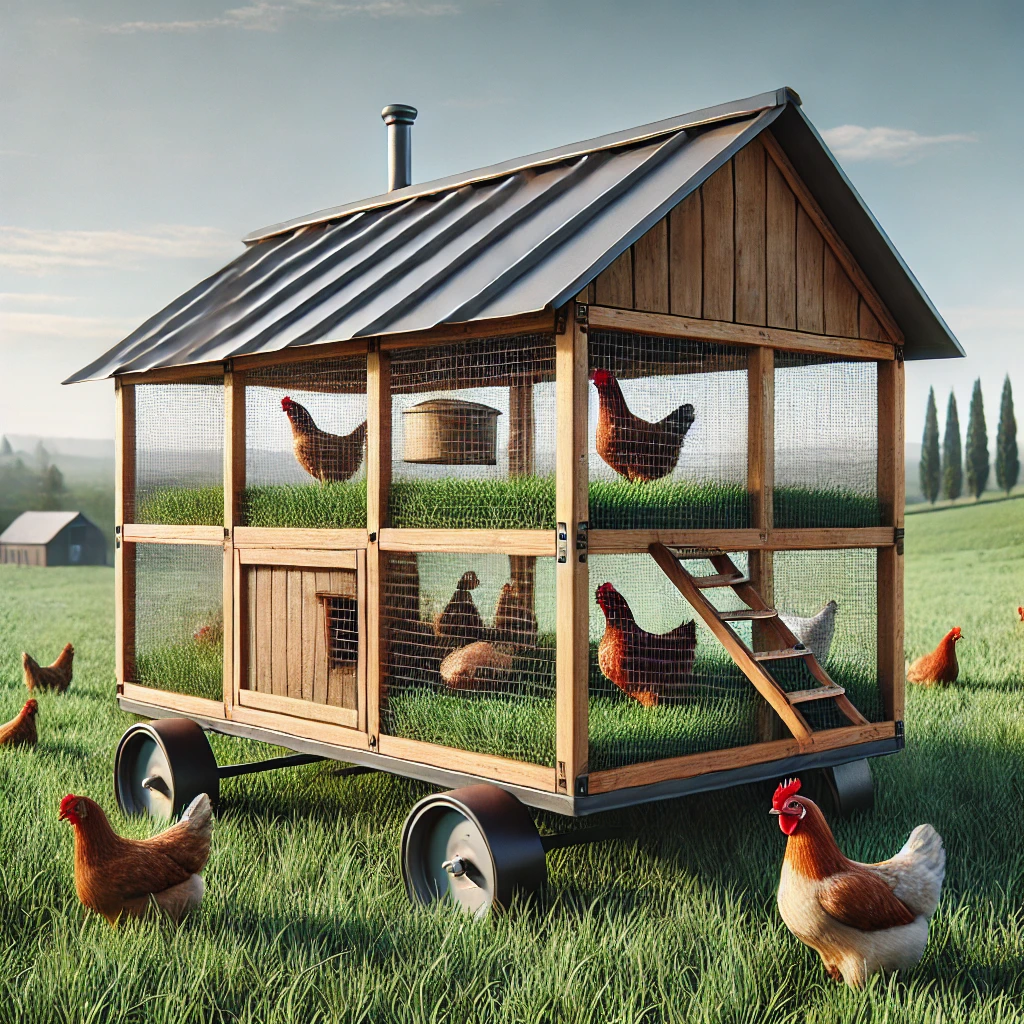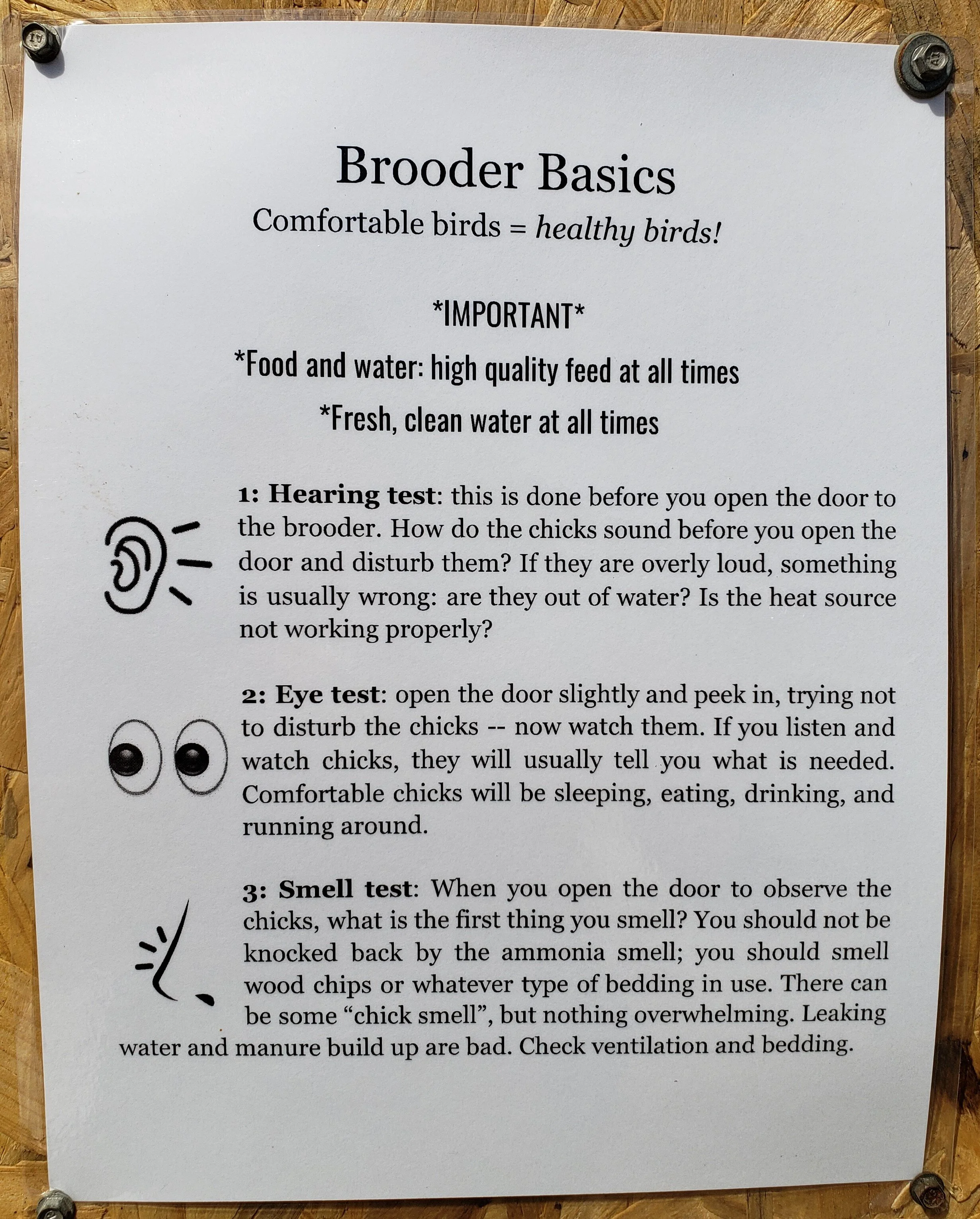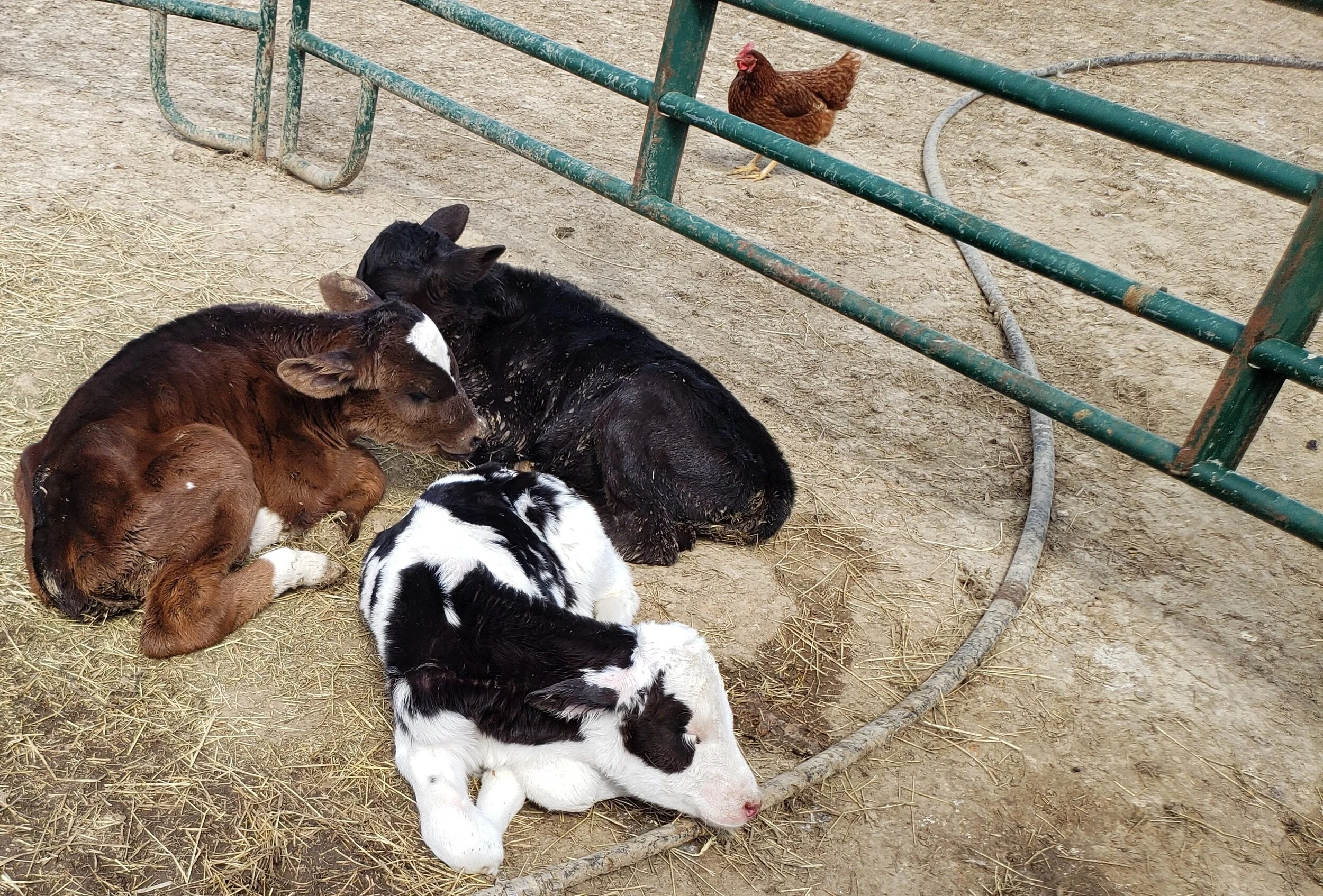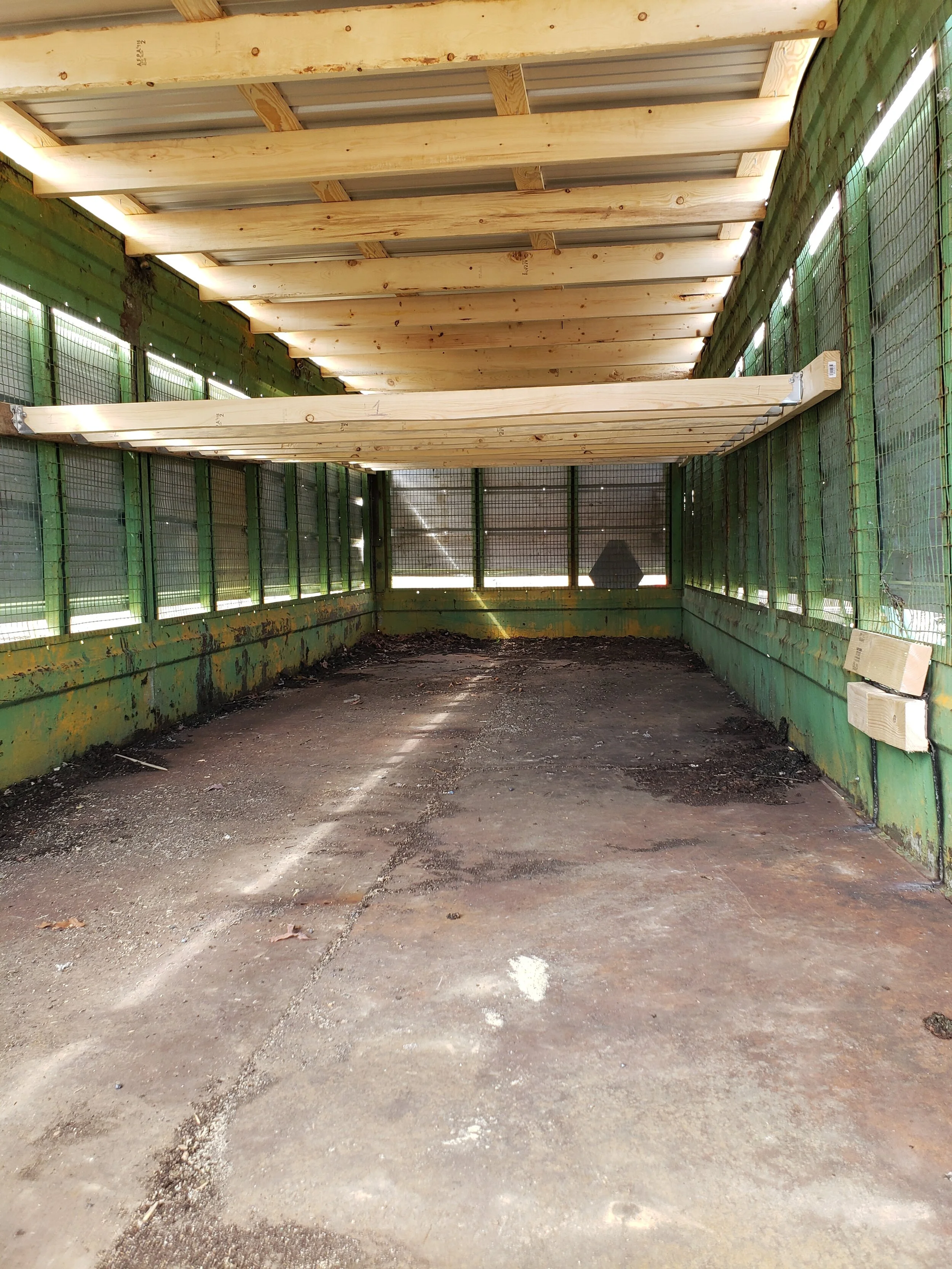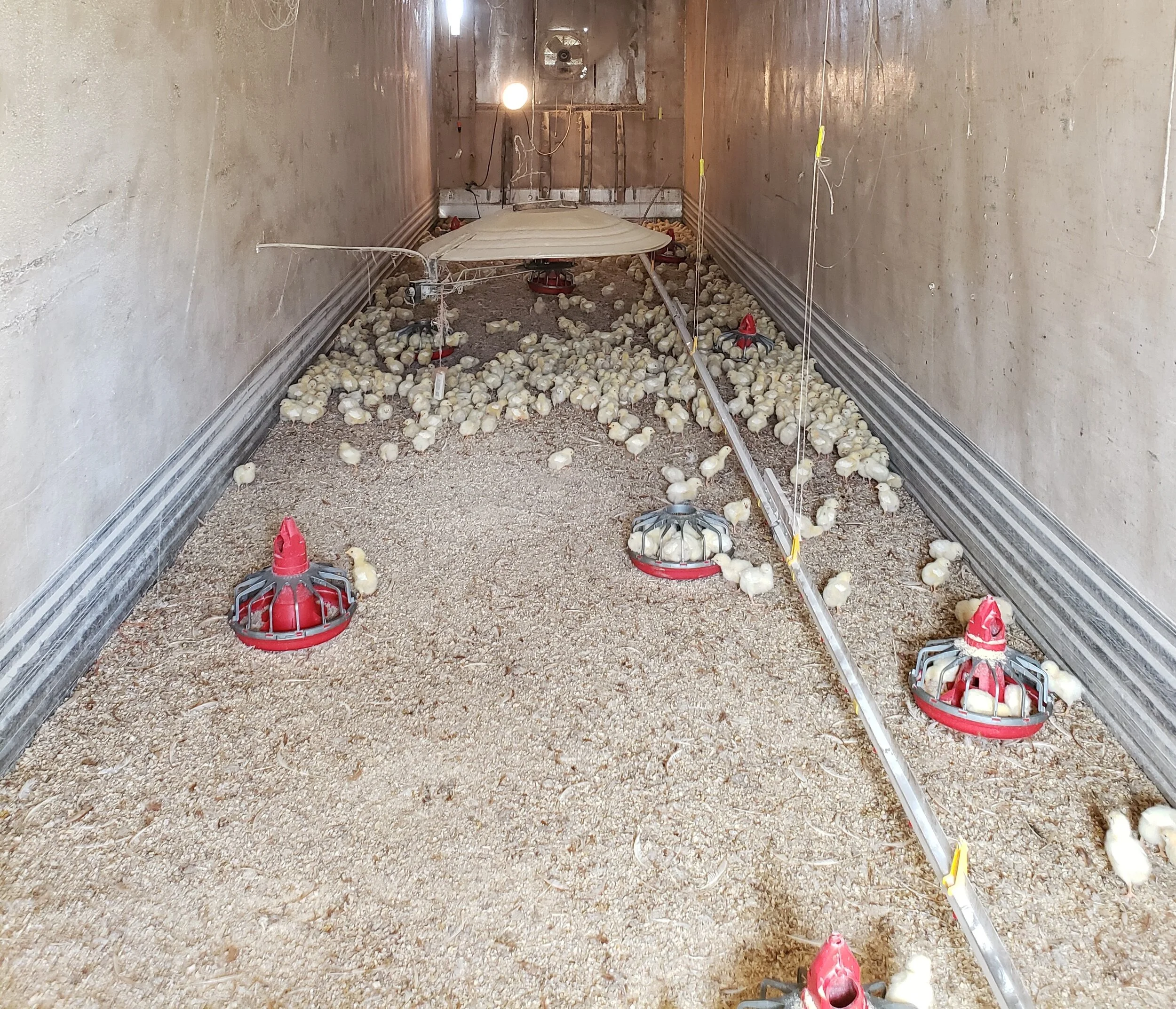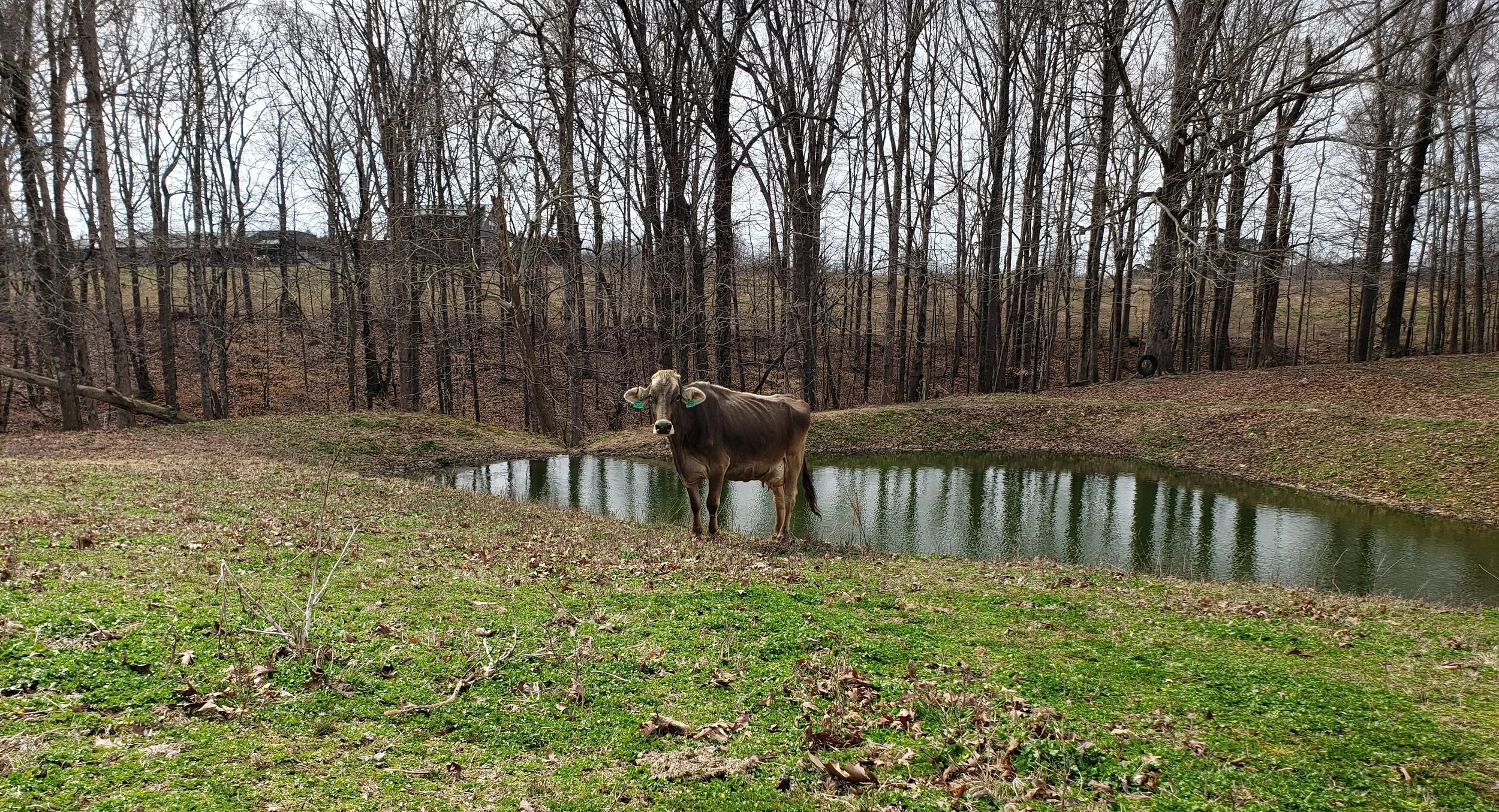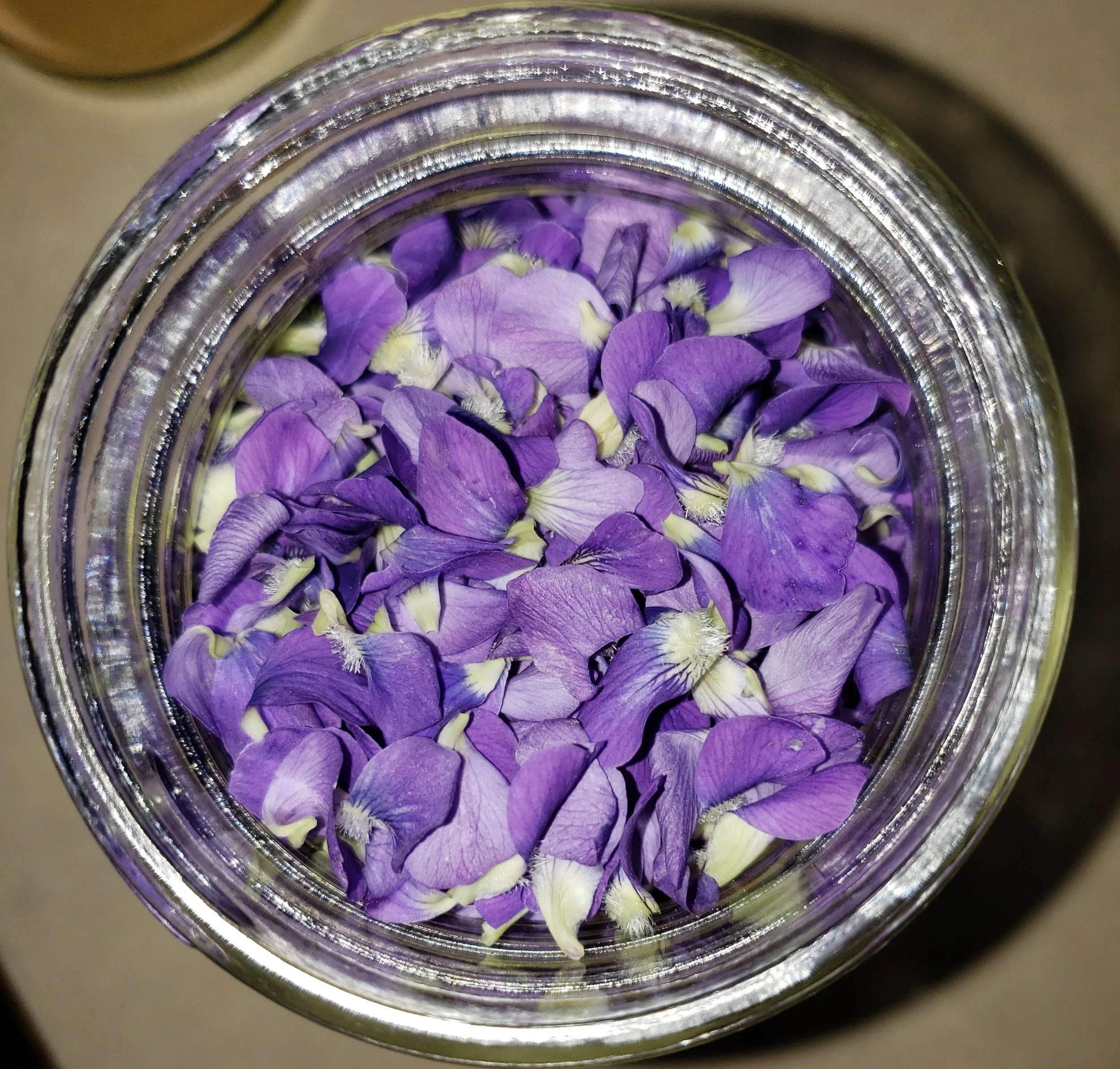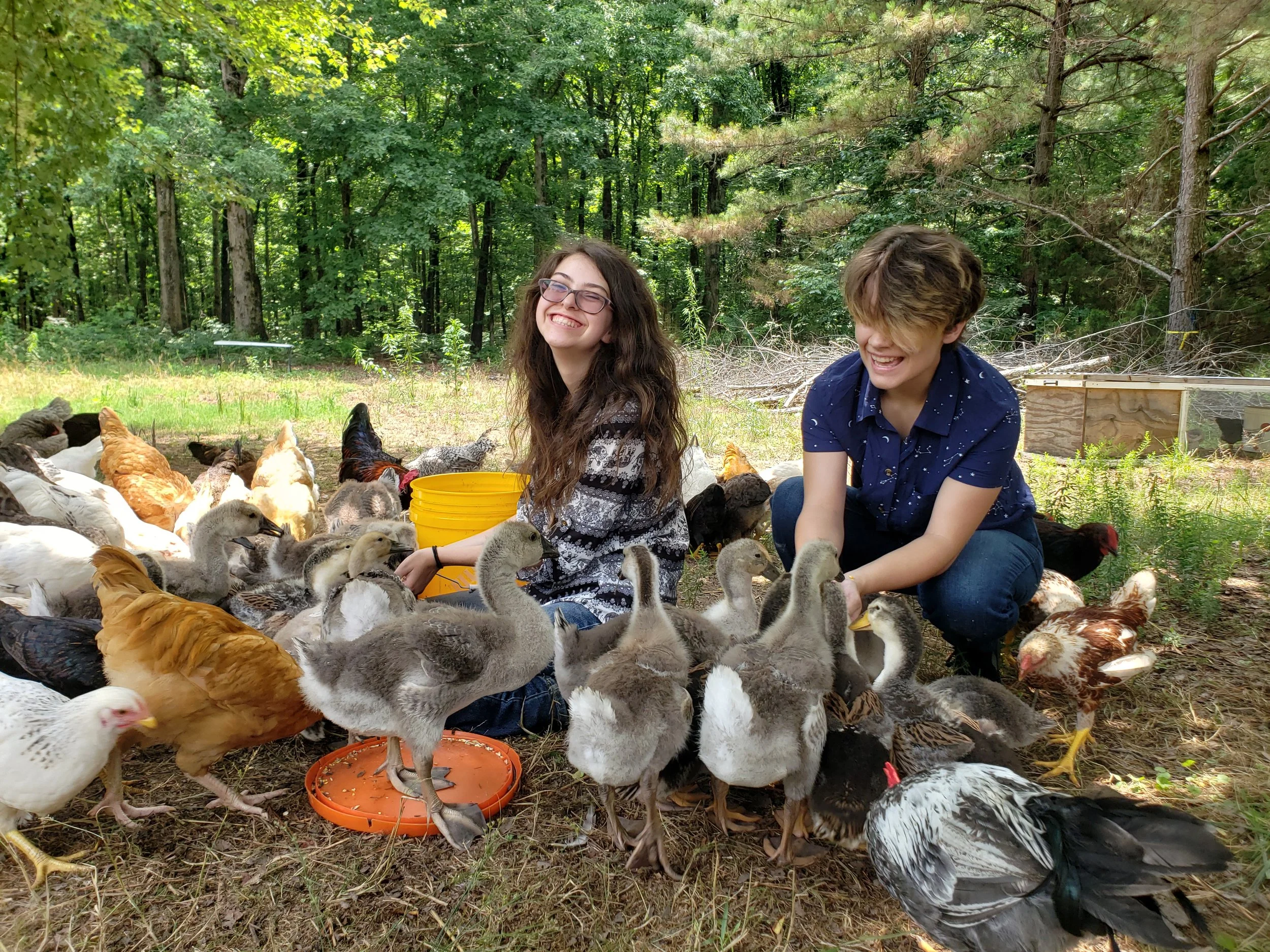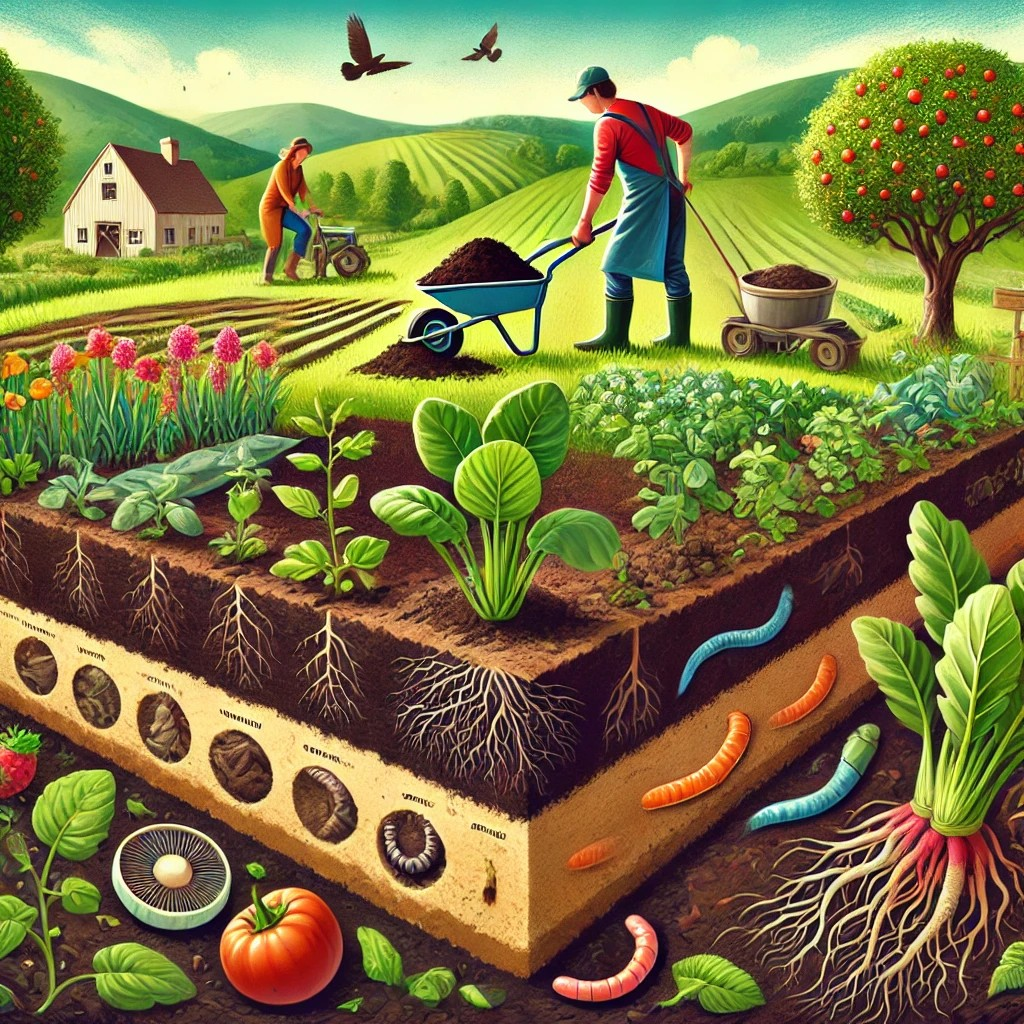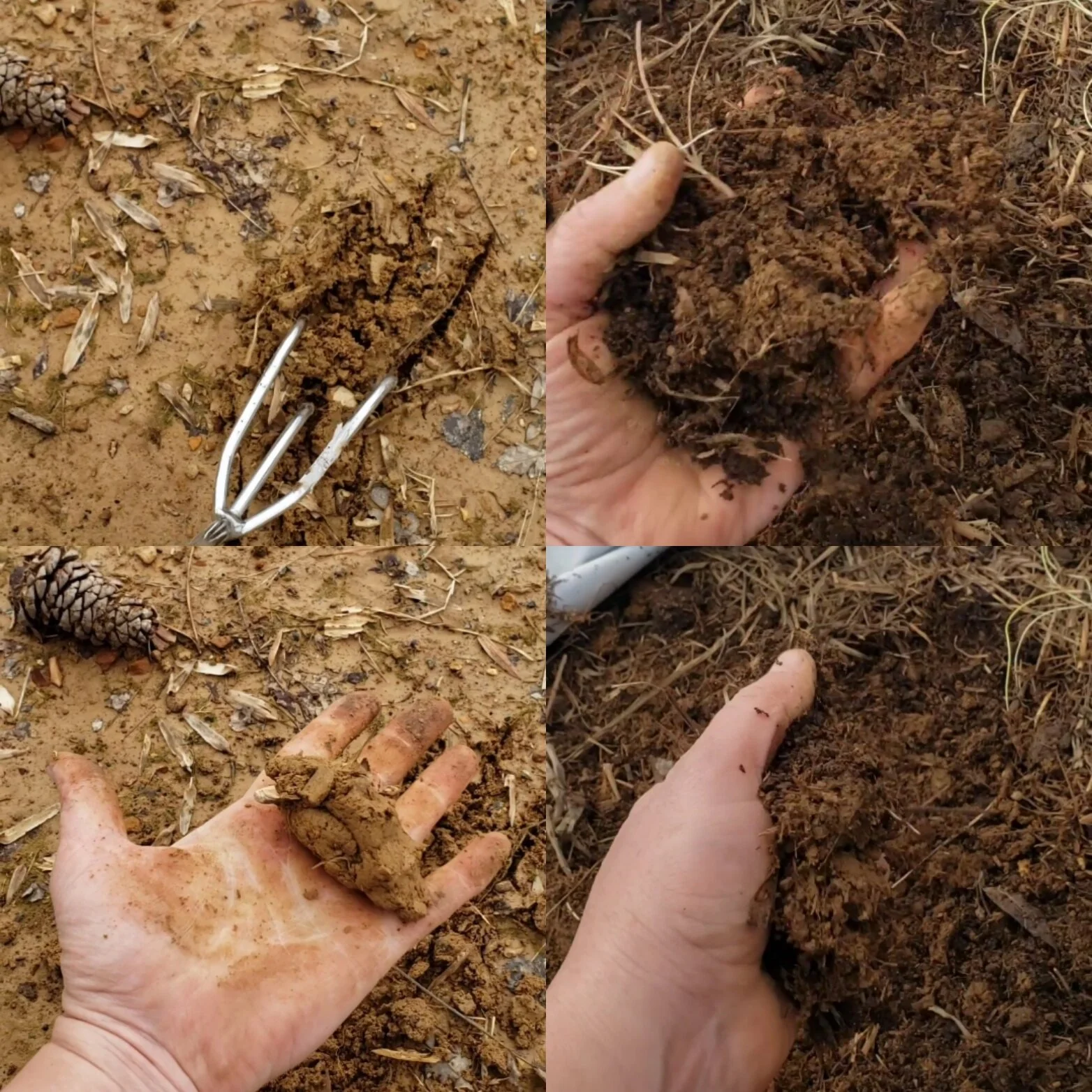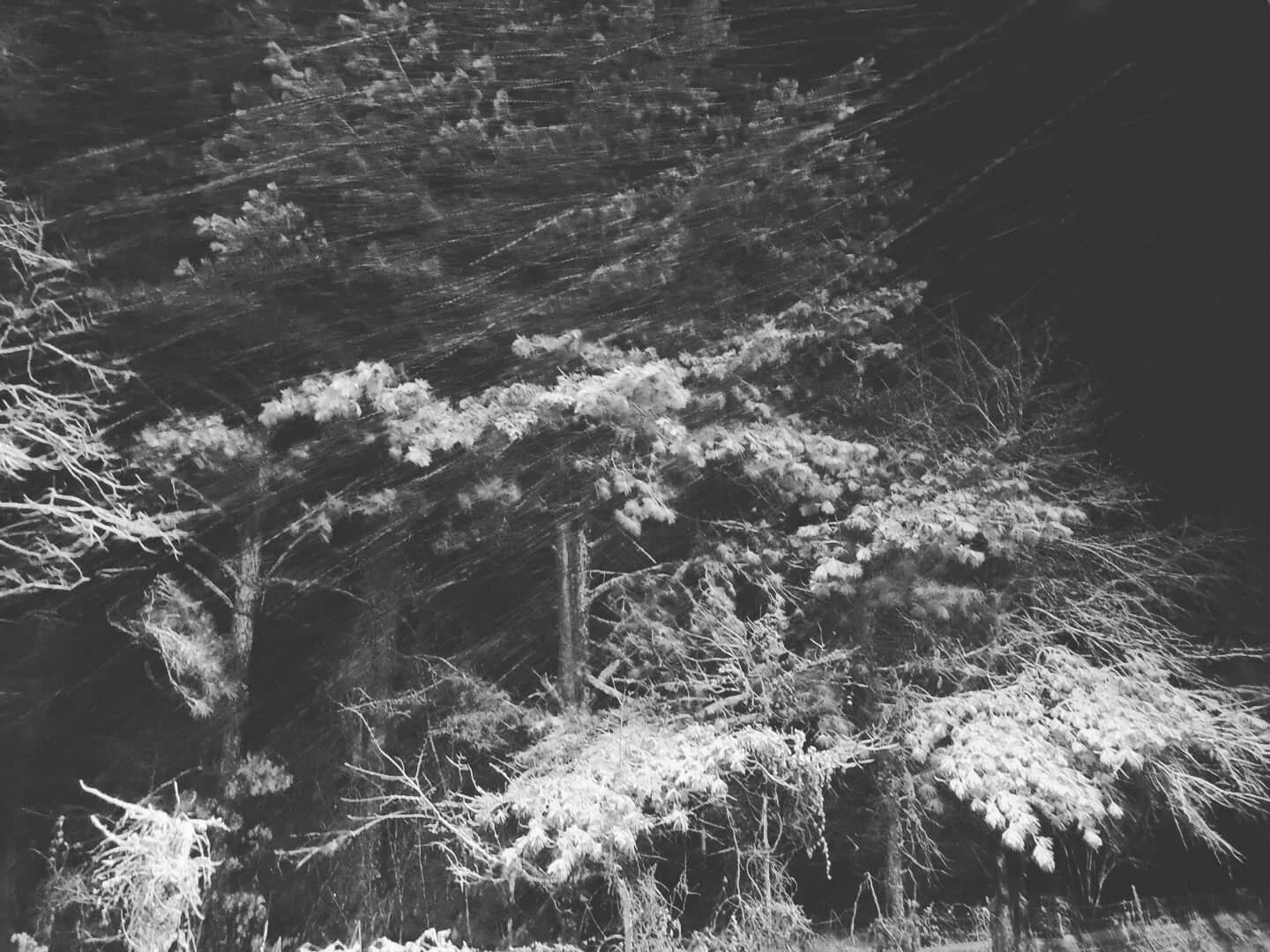Natural Beekeeping Resources: Books and Magazine
In natural beekeeping, our goal is to work with nature to facilitate the healthy development of bee colonies, which will then provide us with high-quality honey.
In 2013, I started my research into honey bees with Storey’s Guide to Keeping Honey Bees, by Malcolm T Sanford & Richard E. Bonny. Since then, they have updated the book. https://www.storey.com/books/storeys-guide-keeping-honey-bees-2nd-edition/ This was a great introduction to beekeeping! As with most off the shelf beekeeping books, they discuss the Langstroth style hive and conventional beekeeping practices.
The Publishing Group Storey has a large collection of homesteading and agricultural books, which I have resourced most of my life.
One of my favorite beginner Beekeeping books is The Beekeeper’s Handbook, by Diana Sammataro and Alphonse Avitabile. The print is easy to ready, images are large, easy to see and the book is easy to navigate for references and includes a comprehensive list of citations. https://www.cornellpress.cornell.edu/book/9781501752612/the-beekeepers-handbook/
Once I had land and was ready to start my own apiary, I went to the local beekeeping association, Lawrence/Wayne County Beekeepers Association, beginning beekeepers workshop, in Lawrenceburg, TN. There I was thrilled to be introduced to wonderful people who were as excited about bees as I am. The workshop gave me the confidence to join the bee association and I started going to the monthly meeting. I had planned to wait a year to get my first hive but was granted a beehive through my membership as a new beekeeper. From there I got my first hives. I purchased a second hive and two nucs.
Going to the bee meeting, we were coached month by month on how to care for our bees. Feed the bees, treat the bees, inspect the bees. The schedule can be labor intensive and invasive. Something was not sitting right with me. I don’t feed myself food treated with chemicals and do not feel right feeding my bees “white sugar”. I don’t use chemicals on my farm or in my garden and did not like the idea of treating my bees with chemicals, even naturally-derived chemicals.
Confused, I was too. I had no idea people we regularly treating bees and feeding them sugar. Going back through the books, I must have blocked it out. Long story short, I set out to find another way. I found a gentleman, who I had read about before, Dr Leo. He raised bees without chemicals, allowing the bees to manage their environment naturally, not interfering in the natural co-evolution of insects, pests, viruses, and other diseases. He has facilitated the translation of several books and worked with natural beekeepers around the world to share, tried and true natural beekeeping practices.
Written in 1897, Keeping Bees in Horizontal Hives, A Complete Guide to Apiculture, by Georges de Layens & Gaston Bonnier, translated 2017, by Mark Pettus, PhD, edited by Leo Sharashkin, PhD. This is a lovely comprehensive look at natural beekeeping. https://horizontalhive.com/keeping-bees-with-a-smile/georges-layens-book.shtml
Originally, translated and published in 1978, updated and reprinted in 2013 and again in 2020, Keeping Bees with a smile, Principles and Practices of Natural Beekeeping, by Fedor Lazutin, translated by Mark Pettus, PhD, edited by Leo Sharashkin, PhD, will give you the confidence to keep bees without chemical too! https://horizontalhive.com/keeping-bees-with-a-smile/fedor-lazutin-book.shtml
These are by far the best introduction to beekeeping books I have found.
Understanding the bee. That is what we are all hoping to do. There are no better books to help get up close and personal with bees, and beekeepers around the world than Honey from the Earth and The Beeing, by Eric Tourneret and Sylla De Saint Pierre, both translated by Mark Pettus, PhD, edited by Leo Sharashkin, PhD. https://horizontalhive.com/keeping-bees-with-a-smile/honey-from-the-earth.shtml and https://horizontalhive.com/keeping-bees-with-a-smile/beeing-book.shtml
When Starting out beekeeping, gardening, farming or homesteading I offer this advice. Pick up a Wild Flower ID and a Mushroom ID book for your area. Throughout the year, take pics and or samples of plants and mushrooms, place them in your book and mark the date. My books are bound tightly with rubber bands and I keep a calendar with my books. I now have an ever-growing catalogue of the plants growing naturally in my area.
Why do you ask am I keeping a mushroom ID book for my bees? Well, Paul Stamets has observed bees drinking water, nectar or fluid from mushrooms. https://fungi.com/pages/bees In his observations, he found that those bees may be more resistant to CCD, viruses and diseases. He does not state a clear reason behind this activity or observation as studies are ongoing. It is my belief that the added available mycology contributes to the bee and hive colony biome, in the same way our gut biome is strengthened by diversity. Thus, understanding and observing the mushrooms in our environment may help us to understand the biology of the Bee. Paul is designing a mushroom supplement for bees. However, I am concerned about this practice and the possible implications for bees around the world. Nature is in an ever-changing balance, throughout the seasons and around the world. It may behove us to instead pay attention to what the bees source locally and to promote opportunities for these mushrooms to flourish.
Ready to level up your beekeeping, here are some books to help you on your journey.
Thomas D. Seeley has been studying being since he was a child really. Today he “is the Horace White Professor in Biology in the Department of Neurobiology and Behavior at Cornell University” and the author of many papers and books, including these three essential books. Following the Wilds, The Craft and Science of Bee Hunting, Honeybee Democracy, and The Lives of Bees, the Untold Story of the Honey Bees in the Wild. https://press.princeton.edu/our-authors/seeley-thomas-d These books are invaluable when it comes to understanding being in nature and what we can do to mimic their natural environment, habits and behaviors.
In natural beekeeping, our goal is to work with nature to facilitate the healthy development of bee colonies, which will then provide us with high-quality honey.
The first issue of Natural Bee Husbandry was published by the Natural Beekeeping Trust, October 2016 and is published 3 times a year. It can be purchased at https://www.naturalbeekeepingtrust.org/natural-bee-husbandry . This is a great resource for learning about how like-minded natural beekeepers are finding success. The Natural Beekeeping Trust has loads of resources including, tutorials, podcast and projects, such as The Arboreal Apiculture Salon (podcast), Tree Beekeeping (videos and resources) and The Sun Hive - In the Form of the Bee (videos and resources).
I hope you find these resources to be as interesting and helpful as I do!
Happy Beekeeping!
Beehive Immunity & Biome
1st conversation: So I took a deep dive right out of the gate into Beehive Immunity and Biome and of course the first attempt to meet and record was interrupted by weather. I did an impromptu recording of this presentation, so as to complete the first conversation. Due to scheduling and weather, it is just a presentation. I hope you will all join me next month for a conversation about Equipment Chores. Happy Beekeeping!
Hive Happy Hour - Beehive Immunity & Biome
A conversation about bee immunity and varroa mite managment
1st conversation: So I took a deep dive right out of the gate into Beehive Immunity and Biome and of course the first attempt to meet and record was interrupted by weather. I did an impromptu recording of this presentation, so as to complete the first conversation. Due to scheduling and weather, it is just a presentation. I hope you will all join me next month for a conversation about Equipment Chores. Happy Beekeeping!
Farm Tour at Taylor Family Farm
Find the Taylor Family Farm at www.taylorfamilyfarmtn.com
Johnny Taylor shares his preparations for the spring layer house.
Wild Weed Mix - SPRING
Spring hits a little different here in Tennessee. Before the gardens wake up and the markets open for the season, the fields, fence lines, and forgotten corners of the yard are already serving up a buffet. What some folks mow down or spray, others of us gather up and toss straight into a bowl. These so-called “weeds” have been food and medicine for generations—and honestly, they deserve a spot back at the table.
Right when our bodies are craving something fresh and alive after a winter of heavy meals, nature rolls out the perfect spread. These spring greens show up exactly when we need them most, bringing nutrients that help clear out the cold season and get us ready for the months ahead.
Here’s a handful of my favorite wild spring greens to forage for a fresh salad, plus a little history on why these plants stuck around and what they’re bringing to your plate.
Chickweed (Stellaria media)
History: Chickweed has been used as food and medicine in Europe and North America for centuries. Early settlers ate it to get fresh greens after winter, and it’s long been a go-to remedy for skin irritations and minor wounds.
Nutrients: High in vitamin C, iron, calcium, magnesium, and zinc.
Health Benefits: Supports immune health, soothes inflammation, and may help with digestion. Chickweed’s cooling properties make it great during allergy season or when you’re feeling a bit run down.
Flavor: Mild, slightly grassy, with tender leaves and stems. Perfect as the bulk of your salad base.
Dandelion Greens (Taraxacum officinale)
History: Dandelions have been intentionally grown as food and medicine since at least the 10th century. Every part of the plant is edible, and they’ve been used as a liver tonic and diuretic across cultures, from Indigenous North American tribes to European herbalists.
Nutrients: Off the charts with vitamins A, C, K, calcium, iron, and potassium.
Health Benefits: Supports liver health, acts as a natural diuretic, and aids digestion. If you’ve been feeling sluggish after winter, dandelion gets things moving again.
Flavor: Bitter in the best way, like a wild arugula. Stick to young leaves for salads and save the mature ones for sautés.
Bittercress (Cardamine hirsuta)
History: Bittercress is one of those plants that shows up whether you invite it or not. Historically, it’s been a staple in early spring diets across Europe and the U.S., prized for being one of the first fresh greens after a long winter. Old timers knew that after months of heavy, preserved foods, a peppery little green like bittercress was exactly what the body needed to wake back up.
Nutrients: Loaded with vitamin C, calcium, magnesium, and a good dose of antioxidants.
Health Benefits: Acts as a mild diuretic, supports kidney function, and helps clear out the sluggishness that tends to linger after winter. Its sharp flavor signals the body to kick digestion into gear and supports detox pathways.
Flavor: Bright, peppery, and a bit like a wild cousin to arugula. Adds a crisp snap and spice that balances out milder greens like chickweed and henbit.
Violet Leaves and Flowers (Viola spp.)
History: Violets have a long history in both food and medicine. Ancient Greeks used them in love potions, and they were a staple in Appalachian spring tonics. In the Victorian era, candied violets were a delicacy.
Nutrients: Vitamin C powerhouse, plus beta-carotene and rutin (a plant compound that supports circulation).
Health Benefits: Anti-inflammatory, supports respiratory health, and traditionally used for coughs and colds. Plus, those antioxidants help with skin health.
Flavor: Mild and slightly sweet, with tender leaves and delicate blooms that brighten up any bowl.
Wild Garlic (Allium vineale)
History: Related to both garlic and onions, wild garlic has been used in Southern cooking and folk remedies for generations. Early settlers and Indigenous communities alike valued its flavor and its ability to keep away colds.
Nutrients: Sulfur compounds (like cultivated garlic), vitamin C, and antioxidants.
Health Benefits: Supports cardiovascular health, may reduce blood pressure, and has natural antimicrobial properties. A solid springtime immune booster.
Flavor: Like a wild green onion with a little garlicky kick. A few snips go a long way.
Henbit (Lamium amplexicaule)
History: Henbit has been part of foraged diets across Europe and North America for centuries, though it’s often overlooked today. Historically, it was fed to both people and livestock (hence the name—it was a favorite of free-ranging chickens).
Nutrients: Iron, fiber, and antioxidants.
Health Benefits: Mildly calming, anti-inflammatory, and gentle on the digestive system. It’s a nice plant to add when your gut needs a little kindness.
Flavor: Sweet, grassy, and tender—works well mixed with other greens to balance stronger flavors.
How to Make It a Meal
Head out in the morning with a pair of scissors and a basket. Harvest away from roadsides, sprayed fields, and spots with runoff. Rinse well and keep the greens chilled until you’re ready to eat.
Here’s how I like to throw them together:
- Chickweed and henbit for softness.
- Dandelion and bittercress for bite.
- Violets for sweet and pretty.
- Wild garlic to keep things lively.
Add goat cheese, toasted pecans, and fresh berries if they’re coming in. Drizzle with honey and balsamic for a simple dressing. That’s it. Pure spring.
Final Thoughts
Foraging spring weeds is about more than just free food. It’s about reconnecting with the land and reclaiming knowledge that kept our ancestors healthy and nourished. These plants show up right on time—offering bitter greens to wake up our systems, vitamin C to shake off the last of winter, and minerals to strengthen us for the growing season ahead.
So, before you fire up the mower this spring, take a walk. Look down. There’s a salad waiting right under your feet.
Spring IMO Scouting
One of my favorite habits this time of year is keeping an eye out for where the IMO are showing up in my local environment. As I walk through the garden or out in the forest while foraging, I’m always scanning the undergrowth, peeling back layers of leaves, and checking those tucked-away spots where I tend to find healthy mycelium running. It's just part of the rhythm now—walking, observing, making mental notes of where the life is most active. These are the areas I’ll come back to as the weather warms up, ready to set my cedar boxes and start collecting Indigenous Microorganisms (IMO) for my Korean Natural Farming (KNF) practices.
It's a simple habit, but it's made all the difference in timing my collections and getting strong, diverse cultures going.
Little routines like this—just adding observation into the things you're already doing—really stack up over time. Whether you're walking the same paths every day or just passing through, there are always clues waiting if you're looking. Build those small habits in. They'll serve you well.
Plants are Telling us What the Soil Needs
Observing plants to determine nutrient deficiency.
Dance Partners in the Garden
The Art of Companion Planting
Companion planting is one of the simplest and most effective ways to boost your garden’s health and productivity. Whether you’re growing vegetables, herbs, or flowers, understanding why certain plants thrive together can unlock a deeper connection with your garden. Rather than just following lists of companion plants, learning why these relationships work will empower you to experiment and tailor your planting strategy to your own growing conditions.
What Is Companion Planting?
Companion planting is the practice of strategically growing different plants together to enhance growth, deter pests, improve soil health, and increase yields. This method has been used for centuries in traditional agriculture, including Indigenous farming techniques like the Three Sisters method, where corn, beans, and squash support each other’s growth in a symbiotic relationship.
Why Do Some Plants Make Good Companions?
The science behind companion planting is fascinating. It often boils down to these key interactions:
- Pest Control: Some plants repel insects that might otherwise damage neighboring crops. For example, marigolds release compounds that deter nematodes, while basil helps keep aphids and mosquitoes away from tomatoes.
- Nutrient Sharing: Certain plants have different nutrient needs, reducing competition. Others, like legumes, fix nitrogen in the soil, making it available to nearby plants that require high nitrogen levels.
- Shade and Support: Tall plants can provide necessary shade for those that prefer cooler soil temperatures, while climbing plants benefit from natural trellises created by sturdy neighbors.
- Pollination and Biodiversity: Flowers that attract pollinators can increase fruit production in nearby plants, and a diverse garden creates a more resilient ecosystem.
Common Companion Planting Pairings (And Why They Work)
- Tomatoes & Basil: Basil repels insects that love to snack on tomatoes, such as aphids and hornworms, and may even improve tomato flavor.
- Carrots & Onions: The strong scent of onions deters carrot flies, while carrots help aerate the soil for onion bulbs.
- Corn, Beans & Squash (Three Sisters): Corn provides support for climbing beans, beans add nitrogen to the soil, and squash acts as a living mulch, shading the ground and reducing weeds.
- Lettuce & Radishes: Radishes mature quickly, loosening the soil for slower-growing lettuce, while their leafy tops provide light shade that helps lettuce stay crisp longer.
How to Start Experimenting With Companion Planting
Rather than memorizing endless lists, start by observing how different plants interact in your garden. Ask yourself:
- What pests are common in your area, and which plants naturally repel them?
- Which crops have similar or complementary soil and sunlight needs?
- Can you use vertical space to pair plants efficiently?
By understanding the why behind companion planting, you can design a garden that’s not only productive but also healthier and more sustainable.
Do you have favorite companion planting combinations? Share them in the comments below!
Spring Violet Foraging and Making Violet Honey
Spring is the season of renewal, and one of the first delightful treasures to emerge is the humble yet beautiful violet (Viola spp.). These delicate purple blossoms are not only a feast for the eyes but also a nutritious and flavorful addition to your seasonal foraging. One of the simplest and most rewarding ways to preserve their floral essence is by making violet-infused honey—a sweet, herbal treat perfect for teas, desserts, or soothing a sore throat.
Identifying and Foraging Wild Violets
Wild violets grow abundantly in shady woodlands, meadows, and even backyard lawns. The most common species include Viola sororia (common blue violet) and Viola odorata (sweet violet). Here’s how to identify them:
- Leaves: Heart-shaped with scalloped edges.
- Flowers: Five petals, typically purple but occasionally white or yellow, with darker purple veins.
- Growth Habit: Low-growing, often forming clusters in moist, rich soil.
- Scent: Sweet violets have a distinctive floral fragrance, while common violets may be milder in aroma. Always forage from clean areas away from pesticides, roadsides, or pet-trafficked zones. Pick only the blossoms, leaving the plant intact to ensure continued growth and pollinator support.
Health Benefits of Violets
Violets are not just beautiful—they are also packed with medicinal properties:
- Rich in Vitamins A & C: Supports immune health and skin vitality.
- Anti-inflammatory: Traditionally used for respiratory relief and soothing sore throats.
- Mildly Relaxing: Helps ease anxiety and restlessness when used in teas or infusions.
How to Make Violet-Infused Honey
This simple recipe captures the essence of violets in a smooth, floral honey.
Ingredients:
- 1 cup fresh violet blossoms (lightly packed)
- 1 cup raw honey (preferably local)
Instructions:
1. Harvest & Rinse: Collect fresh violet flowers, removing any stems and leaves. Gently rinse in cool water and pat dry. 2. Prepare the Jar: Place the flowers into a clean, dry glass jar. 3. Add Honey: Slowly pour the raw honey over the violets, using a spoon or chopstick to ensure the blossoms are fully submerged and no air pockets remain. 4. Infuse: Seal the jar and place it in a warm, sunny spot for 1–2 weeks. Shake gently every few days. 5. Strain (Optional): If desired, strain out the flowers after infusion, or leave them for added visual appeal and texture. 6. Store & Enjoy: Keep in a cool, dark place. Use within 6 months for the best flavor.
Ways to Enjoy Violet Honey
- Drizzle over biscuits, yogurt, or pancakes
- Stir into herbal teas for a soothing floral touch
- Use as a natural sweetener in salad dressings
- Add to homemade skin masks or lip balms for a gentle, nourishing effect
Foraging violets and making your own infused honey is a beautiful way to celebrate the abundance of spring. Whether you're using it for culinary delights or natural wellness, this simple recipe connects you to nature in a sweet and meaningful way. Happy foraging!
Tip: Pair this recipe with other spring foraging finds like dandelion or red clover for even more floral-infused goodness!
Socializing Chicks
A Gentle Guide to Introducing New Chicks to Your Flock:
There’s something magical about adding new chicks to your existing flock. The peeping of tiny fluff balls, the excitement of fresh energy in the coop—it’s enough to warm any chicken keeper’s heart. But as much as we’d love for our established hens to welcome them with open wings, the reality is that chickens have a social hierarchy, and new arrivals can ruffle some feathers. To ensure a smooth transition, it’s important to introduce new chicks gradually, giving both the newcomers and your existing flock time to adjust. Here’s a step-by-step guide to making the process as peaceful as possible.
1. Let Them Grow First
Chicks should be at least six to eight weeks old before they join the flock. They need time to grow, feather out, and develop enough confidence to hold their own. Smaller chicks are at greater risk of bullying, so giving them a strong start will help set them up for success.
2. See, But No Touch
One of the best ways to introduce new chicks is to allow them to be seen but not touched. A temporary wire enclosure within your main coop or run will let both groups get used to each other’s presence without physical confrontation. Give them a few days to observe and communicate through the safety of the barrier.
3. The Safe Introduction Zone
After about a week of separation, allow brief supervised mingling in a neutral space—somewhere unfamiliar to both groups. This reduces territorial disputes and helps both parties feel more comfortable. Keep an eye out for signs of aggression, and be prepared to intervene if necessary.
4. The Overnight Method
Once the older hens seem used to the presence of the chicks, one of the easiest ways to integrate them is by adding the chicks to the roost in the middle of the night. Chickens are less likely to be aggressive when they wake up together, as they instinctively accept who is around them in the morning. This method often shortens the transition period and minimizes stress for both the new and old members of the flock. Be sure to check in at dawn to ensure a peaceful start to the day.
5. Provide Extra Feed and Space
To prevent food-related squabbles, add extra feeders and water stations. This ensures everyone has access to resources and reduces competition. Additionally, having multiple perches, hideaways, and dust-bathing spots will give the chicks room to escape any overly assertive hens.
6. Observe the Pecking Order
Chickens naturally establish a social hierarchy, and a little pecking is normal. However, if you notice excessive aggression, such as relentless chasing, feather plucking, or injuries, you may need to separate the chicks again and extend the introduction period. A useful trick to distract from pecking is to hang a red cloth or introduce other red objects in the coop. Chickens are naturally drawn to the color red, and focusing on the cloth can reduce aggressive behavior towards new flock members. This simple distraction can make a big difference in creating a calmer integration process. Chickens naturally establish a social hierarchy, and a little pecking is normal. However, if you notice excessive aggression, such as relentless chasing, feather plucking, or injuries, you may need to separate the chicks again and extend the introduction period.
7. Patience and Positive Reinforcement
Some flocks adapt quickly, while others take a bit longer to accept new members. Your patience will go a long way in ensuring a stress-free transition. Offering treats when the flock is calm and peaceful can also create positive associations with their new companions.
A Happy, Harmonious Coop
Successfully integrating new chicks into your flock is a rewarding experience that deepens the bonds between you and your birds. With a slow, thoughtful approach, your flock will soon be scratching, pecking, and dust-bathing together in harmony. So, whether you’re expanding your backyard coop or raising a new generation of feathered friends, taking the time to socialize them properly will lead to a thriving, happy flock. And really, is there anything better than watching chickens of all ages enjoying life together?
Eggshells for the Garden
If you have as many eggshells as I do, you probably already know this is a great calcium source for your chickens. I keep a cast iron pan in the oven and after breakfast place all my eggshells there for safekeeping. When I have enough to fill the pan, I turn the oven on to the lowest setting for about 15-20 minutes and let bake the shells.
After baking I let them cool. Once cooled, I crush them and place in a jar for storage. These crushed shells can then be added to the chicken feed or placed nearby as a calcium source for the birds.
You might even add them to your compost pile, for a calcium boost to your soil in the spring. But did you know you can use them as a biostimulant in your garden? Simply fill a jar about 1/10 - 1/15th full with eggshells. Then fill nearly to the top with Apple Cidar Vinegar (ACV with Mother), leaving about 1-inch clearance for bubbles due to fermentation. Cover with a cloth or loose-fitting lid or cover. You do not want to seal this as the solution will expand, and could break the vessel. Mark the jar and date. Store in a temped, dark space and let rest. The fermentation will do the rest.
After a few weeks, the solution will be fermented. Decant this solution, by running the liquid through a sieve and or cheesecloth to remove all the sediment. The debris can be used again, 3 to 5 more times. Place the liquid in a container, seal and place in a well ventilated cool dark space.
This solution will be full of micro and macrominerals for the garden. It can be used as a foliar spray or drench, on its own or in conjunction with other ferments. Be sure to dilute with good water. According to Nigel Palmer, this solution should be diluted at a rate of 1:500 (One Tbls to 4 gallons good water or 15L ) up to 1:1000.
The rule of thumb when natural crafting your homemade ACV extract is less is more. When in doubt, do a small test area. If after 24-48 hours, you have positive results, you can proceed with confidence. Testing a small area is a good idea any time you amend your garden.
Happy Gardening!
A Chicken Chat with Chef Gale Gand
Below is the conversation Gale and I had about the joy of backyard chickens. Gale and I met in a FB Group conversation when she shared her chicken therapy story and how having fresh eggs has been fun for her as a chef. This past year of the pandemic has opened so many homes to the joy of raising chickens. I would love to hear how chickens have changed your life! @storeysinthedirt
Check out what Gale is up to on FB @chefgalegand
Manifesting soil for the garden
Manifesting soil is not quick but I can see the results! Whaaallaa! It only took two years. But did it have to take so long? Not necessarily. I could have brought in compost, however, my concern with bringing in compost is, what is it made of? Is the compost made with Non-GMO or organic by-products? Are the grass or tree cutting full of fertilizers, or pesticides or herbicides? When I think of the food products going to the compost companies, I think of all the chemicals produce may have been exposed to. Beyond the Glysophate or Roundup, synthetic fertilizers or pesticides, what about the preservation sprays on fruits and veggies these days? I’m not a chemist, but the more I learn about these products, the more I question them.
Bearing this in mind, I opted for the long road. Two years ago, I purchased some chickens. They were all free-ranging chickens at one time. The first year, I experimented with the deep litter method in the coop. This method is now a key component of my composting system. With over 100 chickens free, they were fertilizing everywhere…it was a bit much. So I put most of the birds into tractors. About twenty birds and the six ducks continue to free-range and add to the deep litter.
The first batch of partially decomposed litter was spread over my first test area adjacent to a non treated area of equal size. Within four months the area which was composted was thick with lush happy plants; No signs of nutrient deficiency. The adjacent area was browning do the lack of rain. The plants were smaller and showing signs of distress and malnutrition. When I pulled back the composted plants, I could see black crumbles between the blades and stems. You guessed it, worm castings, the worms had come to eat the composting manure, straw, hay, grass cutting and pine needles.
Seeing the results, last September, I mowed the area short. Easy enough on the side not composted, but a real chore on the composted area. Even though we had not received rain in weeks, the field here was wet, like clog the mower, constantly, wet. This gave me confidence. So after, I cut the grass back, I applied my next batch of litter and compost materials to both sides. Added my some rock dust and tarped both sides of the bed. A 50 x 100 area, which will be planted with veggies this year.
Below, on the left, you can see what the ground looked like two years ago. This picture was taken recently just outside the tarped bed. On the right, you can see what it looks like under the tarp. I have a long way to go still, but I have confidence that I can now plant a garden with a much higher chance of providing healthy plants and nutrient-dense food to my family.
Happy Gardening!
First Spring Flowers
Have you ever foraged for plants or mushrooms? Have you ever wanted too? I encourage you to keep a local wildflower identification book handy. As the year goes by take a cutting of the plant and place it on the ID Page and date it. Then you will have a good idea when to expect them again, next year.
Here are the first four native plants found on my little farm. Purple Deadnettle, Hairy Bittercress, Chickweed, Hoary Puccoon. Seeing these little gems fills my heart with joy and excitement because I know winter is coming to an end and spring gardening is right around the corner.
Purple Deadnettle, Hairy Bittercress, Chickweed are all edible, can be used in teas and smoothies, dried or used medicinally. I can’t think of a bee that wouldn’t be eager to find these fresh flowers in the garden, or walkway. Each of these plants grows readily in many places and I encourage you to check them out.
The Hoary Puccoon (Lithospermum canescens), less common, is a member of the Borage family. As a member of the borage family, the little lovely is also a delight to the first foraging bees. With its long taproot, I would consider this a welcome addition to my soil biome. Research is conflicted as to the reason for the naming of the Hoary Puccoon, but all sources appear to agree that the name derives from the Algonquin people. The glorious taproots can be used in making a red dye, while the flowers can be used to make a yellow dye.
Hoary Puccoon should not be used as a food product or taken internally as it contains Pyrrolizidine Alkaloids. According to The Naturopathic Herbalist (https://thenaturopathicherbalist.com/plant-constituents/alkaloids/), only PAs which contain “unsaturated necine bases are hepatotoxic”. Hoary Puccoon may have as many as 7 PAs. I encourage you to read further on the processes in which PAs can affect the liver and other organs. This plant comes with serious consequences if used improperly. However, there are many indications, that it may have been used by the Menominee for external treatments. Some sources suggest it may have been used as a tea wash in treating fevers accompanied by spasms.
While this plant may not be a food product, it is a lovely little plant, which can provide food to early spring insects and contribute to the life cycle beneath our feet. I encourage you to look holistically at all things. I hope you are also lucky enough to have Hoary Puccoon on your homestead.
Happy Gardening!
Purple Deadnettle, Hairy Bittercress, Chickweed, Hoary Puccoon
Coffee and a Farmer's most important tool!
First things first put the coffee on and check the weather. I don’t have a TV and have not for most of my adult life. So no weather channel for me, I use weather apps.
Weather apps are awesome! The only problem with weather apps is just like every other app on the planet, they get updated and change. MyRadar has been my favorite app for years. Recently, it updated to a bubbly format with lots of hot pinks and neon blues and greens. Just like the coffee lady who is too chipper in the morning, the app is now too much for this old lady. It’s still a great app, so I have just moved it to the background (fingers crossed they do another update). In my search for a new app, I have landed on three apps MyRadar (in the background), Windy, and wOw. Windy has the best Widgets. I can quickly get an overview of the weather, but the fonts are small. In order to get the detail, I have to open the app, which I find cumbersome and not as user friendly as other apps. wOw is by far my favorite app. The format is not only pleasing and intuitive, but I can arrange the content as I see fit. In comparison to whether monitors I have on the property, it is very accurate and dependable.
What is your favorite weather app? Share your story with me at:
FB @StoreysintheDirt
Instagram @storeysinthedirt
Twitter @storeysindirt
MeWe @Storey's in the Dirt
Tumblr @Storeysinthedirt
Snapchat @Storey's in the Dirt
HOLD THE MOLD
So, I am a Solo-Mom, not a single mom, a solo- mom. My life is so full! I have two amazing children, 100+ chickens, 3 pigs, 2 dogs and a piece of land I call home. How did I get here? To this full life?
I’ll start by saying, I don’t like to share my story. It makes me feel weak and vulnerable. Two things I despise. But in order to understand why I am here, it is important to understand how I got here.
In 2016 I was sick, the kids were sick, and even the animals were sick. My head was foggy, and I wasn’t able to see the big picture. The cat and dogs were vomiting foamy vial and had developed bald patches. I changed the animal’s food, because everything I read online led me to believe it was their food. The kids were off. They were struggling with homework, not sleeping well, and becoming short-tempered with each other. Which I figured must be growing pains. I would wake up at my desk, unclear when or how I had fallen asleep, or how long I had been asleep, a minute, an hour? I had no idea. I would ask my kids to do something and they would say, you just said that, but I would have no recollection of the conversation. At one point, I thought they were messing with me. It was all pretty strange. When I would leave for work, I would feel fine.
When you get settled in a routine, it can be difficult to see the big picture. I felt like maybe it was just a getting older kinda thing. The kids were just being kids. The animals were eating the wrong food. All these things did not seem related at the time. Then one day I woke up, I could not lift my head, my arms would not lift. I could barely pick up my feet, let alone my legs. Then I nearly fell down the stairs. When I was able, I went to the doctor. I was scared. What was going on?!
Again, I am telling the registration nurse the same things I had told the doctors, the same thing I had told every nurse or medical professional who would listen for the past six months, only now I am really scared. A woman, I assume was a nurse, overheard my conversation and popped around the corner. She looked me right in the eyes and said, “go home right now, check for a gas leak, check the CO monitor and check for mold”. In that moment, I knew it was mold. I went home, picked up the kids the cat and the dogs and checked into a motel. The kids and animals never went back to that house.
It’s been five years, and I can tell you, sometimes I wonder if I am actually better. Other days I feel like I can conquer the world. What I can tell you, is without my garden, I would not be where I am today. Sometimes I feel silly saying it, but I know it is true. The garden saved my life.
Every day outside in the garden was like a year of healing. I felt life returning to my body and the ability to think coming back to me. Nearly daily, my memory improved. My thinking improved. Imagine if you will, that you are trying to recall something that happened in the kitchen that morning. Only, it’s blank, like a dark room. You cannot recall anything at all. Like someone deleted an episode and you can’t go back and watch it. That is what it was like. As I began to heal, I would try to recall things from our time in that house, only there would be nothing. I can assure you this was terrifying, especially since my family has a history of Alzheimer’s.
Imagine, if you will, what it was like as I would get up every day and feeling that my arms moved farther today than yesterday, that I could pick up my feet to tie my shoe, that I could turn my head without heaviness and pain. Or that the deep pain in my bones was less today than yesterday. One seriously disturbing part of the healing process was to realize how seriously ill I had become and to know that I did not realize it as it was happening.
What’s most disturbing, is talking to my kids about their experiences. My youngest says, when she recalls living in that house, she felt like she was drowning out of water. When I ask her what that means, she explains that is how her body and mind felt. She says that she remembers trying to do homework, and not understanding why she wasn’t able to get it done. My kiddo is a fastidious reader and enthusiastic learner. For her to have struggled with homework is still confusing to her. She would have been 12 back then, so imagine not being able to articulate how you are feeling, all these years later, beyond that of drowning without water. My other kid doesn’t talk about it much, because according to her, she doesn’t remember much.
I’m not telling you this story so you will feel bad. I’m telling you this story, because I believe people are having similar experiences everywhere, with many different causes. If you look at yourself or your sister or your mother or bother or father or children or neighbors, how many will see them suffering from something? How many of you are suffering from something? What is causing this? I cannot give answer that or give you the perfect solution for you, but I can give you mine, my garden. I can share with you how the garden saved my life. How the garden became chickens and then pigs. I have a chance to share with others a journey that may just help you and your family too.
Cold Stress & Chickens
People keep asking what is the difference between ventilation and drafts?
According to Gail Damerow, in The Chicken Health Handbook, a chicken’s body temps for chickens runs between 105F and 107F (40.6C and 41.7C). When a chicken goes without food for a day, their body temps can drop 2.5F (1.4C), and another degree for every day without food. However, when the temps drop the bird’s metabolism speeds up. Providing adequate food and water, will help your chickens endure the cold temps.
You may see them fluff up and hunker down, shifting from one foot to the other. Do not worry, this is normal. Just like we need air in between our layers of clothing for insulation, a chicken will ruffle its feather’s creating pockets of air for insulation. Their blood flow reduces to their extremities, also cutting back on the release of heat through the feet, waddles, and combs.
In addition to feed and water, their environment plays a big role in their health. Providing dry locations for the birds in the field to hunker beneath helps to keep them out of the snow, sleet, and rain. Clean bedding such as hay can help to absorb water from snow and ice melting from returning birds.
When they bed down for the night, make sure the coop has ventilation, but not drafts. People keep asking, what is the difference between ventilation and drafts? Gail suggests a test to determine if the coop is too drafty. “Hold a strip of lightweight paper in the roosting area. If the strip moves, the coop is too drafty” paraphrased.
Good ventilation will limit a buildup of condensation or humidity in the coop, which can accumulate on chicken feathers. Ventilation is high in the coop and allows for an exchange of air inside and outside. No breeze. Good ventilation will also limit the build up of pressure within the coop, which could affect more fragile structures.
One last note, on cold nights, as tempting as it may be, there is no need to put a heat source in the coop. This can be a fire hazard. Also, when chickens leave the coop, they can experience shock from the changing environments.
WHAT STOREY’S IN THE DIRT MEANS TO ME.
The dirt under my nails and in the creases of my hands after a day of working in the soil.
1. The dirt under my nails and in the creases of my hands after a day of working in the soil. 2. The joy I feel when my kids work the farm with me. 3. Every wonderful, painful, new experience that adds to our own stories. 4. All the wonderful and some not so wonderful people who we have encountered on our journey. I love to meet farmers, gardeners, ranchers, bakers, fermenters, canners, homesteaders, poultry people, crafters, creators, bee people….there are just so many people, and they are amazing! I love to hear their stories. In fact, I get in trouble all the time, because I take too long talking to people, well listening to people too.
IT’S GOING TO BE A FANTABULOUS 2021! JOIN US ON OUR JOURNEY
Well, I have started manifesting soil….with the help of the pigs and chickens
The farm is now in a very interesting location due to the fact that we have no top soil, yet….Well, I have started manifesting soil….with the help of the pigs and chickens. If you know me you know my “Happy, Healthy, Safe and Strong” moto. As a parent, my job is to make sure my kids are Happy, Healthy, Safe and Strong. So they can grow up to be HHSS. Then when they have children they can be, you guessed it, HHSS. Well, I have approached my farm with the same philosophy. I want the plants, animals (large and microscopic), insects (beneficial and sometimes not so much), fungus (edible to working), soil (and it’s biome), water (and it’s biomes), and even bacteria working for the farm, to be HAPPY, HEALTHY, SAFE, AND STRONG. To that end and for the For the Love of Experiments…This year I will share experiments and experiences here on the farm. Should be exciting (finger crossed). We’ll have Coffee with Critters and put our Hands in the Dirt. I’m going to share with you some of the ways we Close the Gaps and try some new ways to stack farm enterprises without breaking the back. We have an awful lot to do, but I have learned to Keep it Simple Sally and encourage you to do the same. Because at the end of the day we want to look out over our farm and Enjoy the View!





